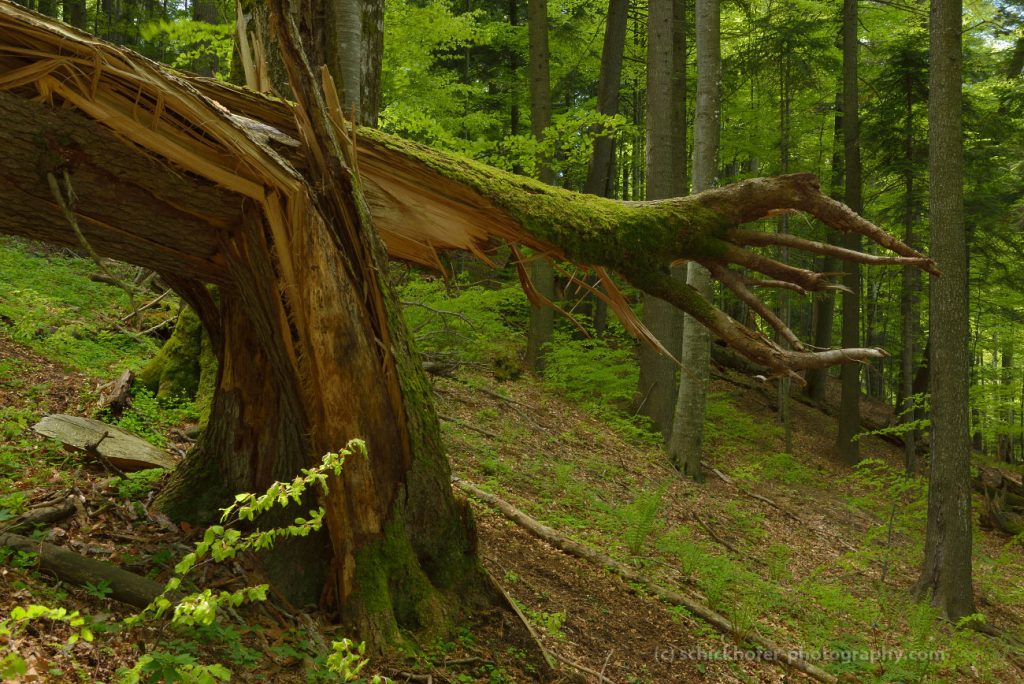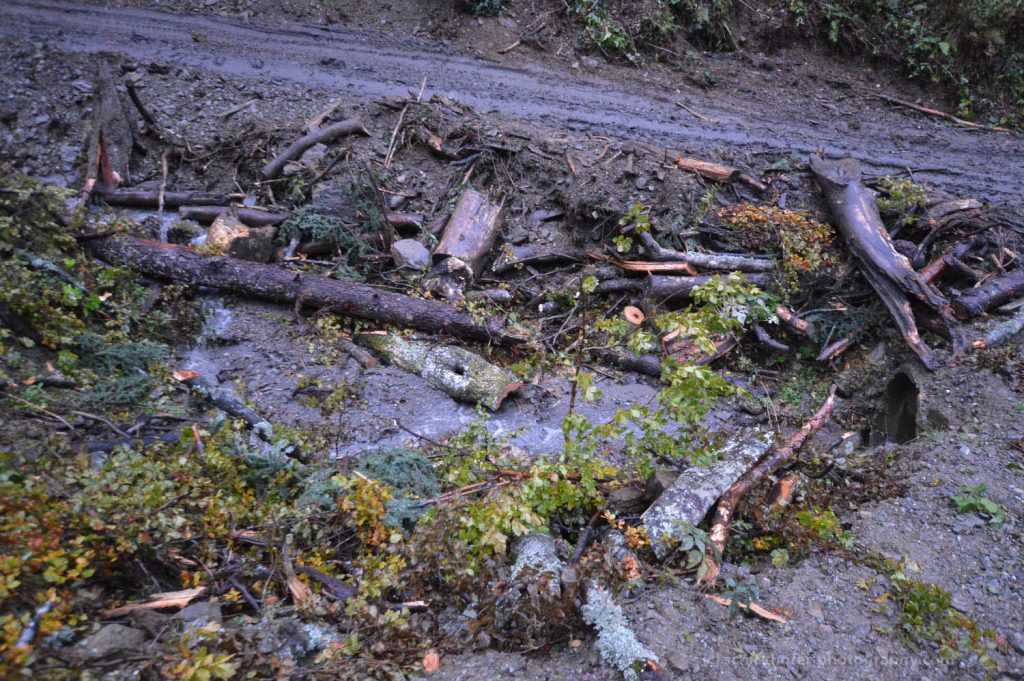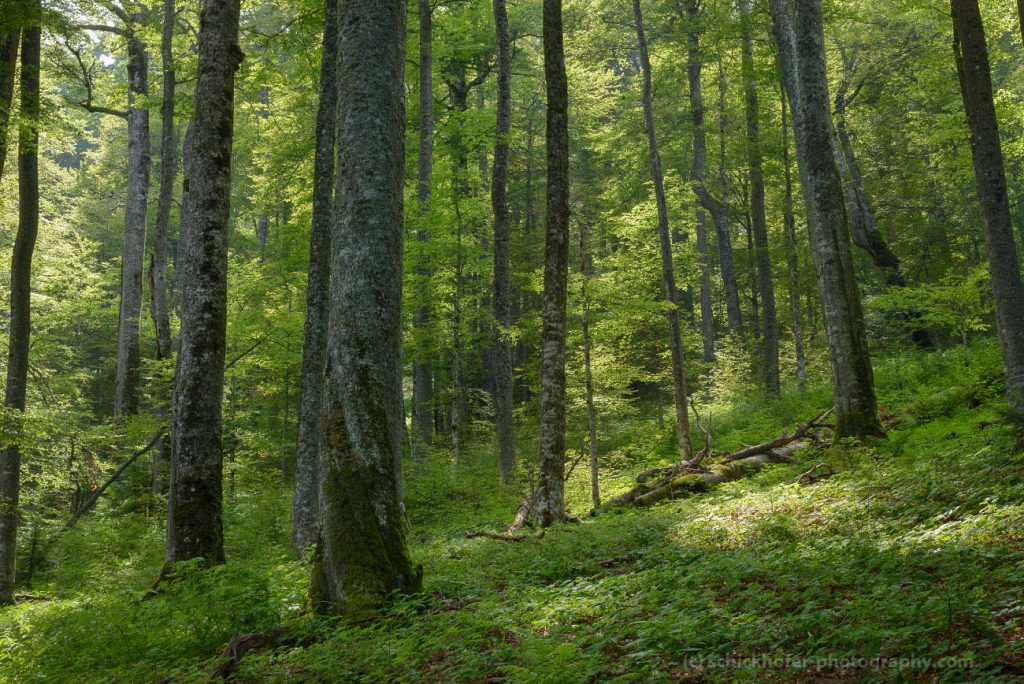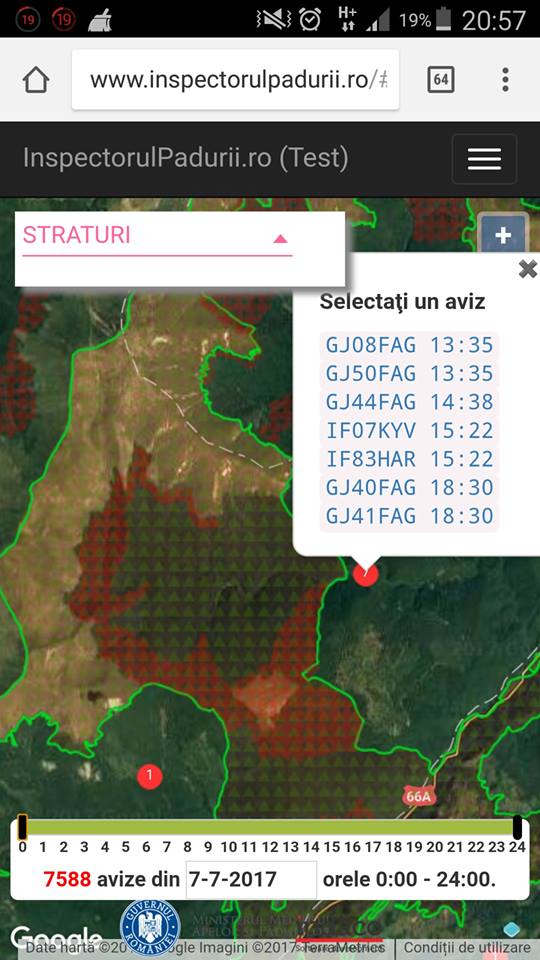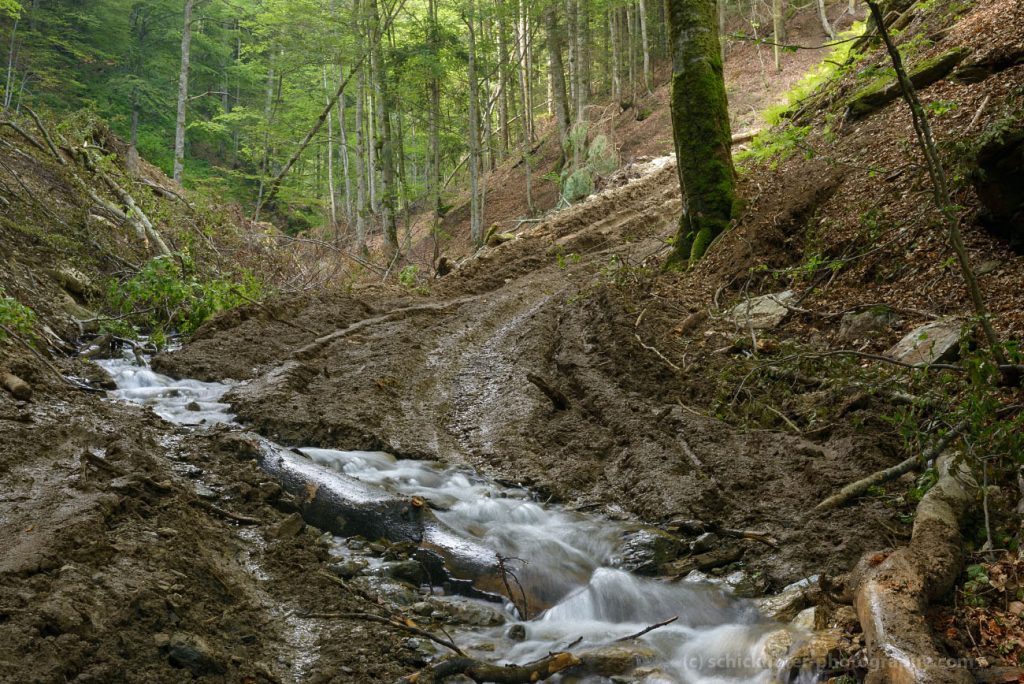World Heritage Committee’s decision must give boost to primeval forest protection all over Europe – in particular in Romania
Radolfzell – The international foundation EuroNatur and Romanian environmental protection organisation Agent Green welcome the decision by the World Heritage Committee to inscribe 63 primeval and ancient beech forests and forest clusters to the UNESCO World Heritage List. This decision acknowledges the “outstanding universal value” of (endemic) European beech forests as a unique natural phenomenon, how a single tree species can shape large parts of a whole continent. The newly inscribed forest areas include the first ever Natural Heritage Areas of Austria – Wilderness Dürrenstein and Kalkalpen national park. In Romania paradise forests such the EU’s largest primeval beech forest of Nera Springs reserve (Semenic national park), parts of Domogled and Cozia national parks as well as Sinca and Slatioara secular forests in Romania are now certified by the World Heritage Committee.
“This is a historic move. Never before have so many different components, involving 10 nations, been inscribed to the World Heritage list. This is also a big step forward for international cooperation in nature conservation. And it is a strong signal for protection of Europe’s last primeval forests. Hopefully this decision leads to a turbo boost for forest conservation efforts all over Europe,” Gabriel Schwaderer, executive director of EuroNatur Foundation stated.
Improved forest protection is desperately needed, because ancient and primeval forests are under ongoing threat by logging in numerous European countries due to bioenergy and timber demand. In particular in Romania primeval forests are still being destroyed on a grand scale. The World Heritage list only considers areas with established protection status. But ten of thousands hectares of primeval forests in Romania do not yet have sufficient protection. “Romania must take protection of primeval forests in both state and private property seriously. The recent push by the new Government to dismantle its own forest protection laws is very much worrying. Logging of paradise forests in the surrounding of the new UNESCO World Heritage Areas must be halted immediately. IUCN explicitly filed critique about weak protection in some buffer zones of the designated World Heritage areas. Just outside the Sinca secular forest World Heritage Area, logging in primary forests, which are identical to the forest inside the reserve, continues. We call on the new Romanian Government to speed up and finalise the population of the ‘National Catalogue of Virgin Forests’ and ensure full law enforcement,” Gabriel Paun, president of Agent Green, said.
Romania hosts the largest remains of primeval and ancient forests of Europe. Nera Springs virgin forest (Semenic national park) is the biggest untouched forest stand of the EU (except Scandinavia). The world is currently looking at the disastrous logging and the deliberate destruction of precious forest stands in the buffer zone of the Bialowieza national park and UNESCO area. The strict core zone of the park protects the biggest lowland primeval forest of Europa. The tragic and stubborn logging campaign by the Polish Government is a provocation and negative prejudice for environmental protection in all Europe. Thus it needs to be stopped now.
However, almost out of sight, in Romania primeval forest is vanishing day by day on a much larger scale. Only international attention and decisive action can stop that ongoing environmental disaster in Europe.
